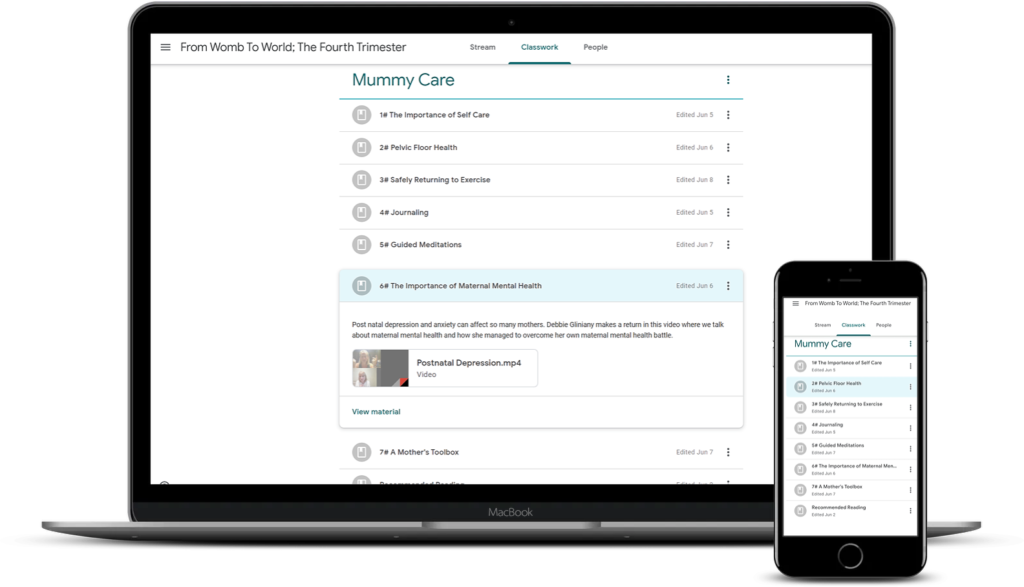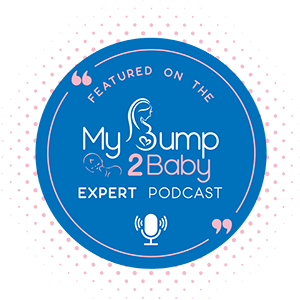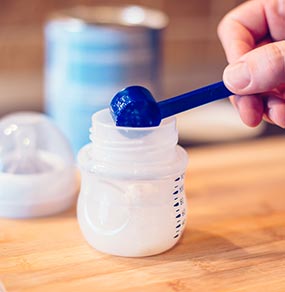Crying is a natural and normal part of a baby’s development. It is their primary means of communication, and it is essential for their survival. As a parent, it is crucial to understand the normal expectations for a baby to cry to help you better respond to their needs and ensure their well-being. In this article, we will discuss the reasons why babies cry, normal expectations, the different stages of crying, and ways to soothe a crying baby. Also what to do if your baby is exceeding the ‘normal’ expectations.
Reasons Why Babies Cry
There are several reasons why babies cry, and understanding these reasons can help you better address their needs. Some common reasons include:
Hunger: Hunger is the most common reason for a baby to cry. As their stomachs are small, they need to be fed frequently, especially during the first few months.
Tiredness: Babies can become overtired very quickly if they do not get enough sleep. They may cry when they are tired, signaling that they need help to fall asleep. Often parents will say their baby is fighting their sleep. I always think of sleep in terms of a jar – if the jar becomes almost empty then cortisol (stress hormone) will begin to kick in and then that results in your baby fighting sleep. Keep the jar topped up with plenty of naps throughout the day – contact naps count too.
Discomfort: Babies may cry if they are uncomfortable due to a wet or dirty nappy, tight clothing, or a sudden change in temperature as they cannot control their body temperature. Babies will often cry when their environment has changed.
Digestive issues: Babies can cry when they are in pain. Babies have an immature digestion and will swallow air whilst feeding. This can result in babies feeling uncomfortable, gassy and irritable. There is a wealth of information on the many causes of colic in the Free Advice section so make sure you have a read if you suspect your baby is showing signs of colic.
Overstimulation: Loud noises, bright lights, and too much activity can overwhelm a baby, causing them to cry.
Loneliness or need for attention: Babies need physical contact and reassurance. They may cry when they want to be held or comforted.
Different Stages of Crying
Babies go through different stages of crying as they grow and develop. Here are the general expectations for each stage:
Newborn to 6 weeks: During the first few weeks of life, babies cry more frequently, with an average of 2-3 hours per day. This is normal and should not be a cause for concern.
6 weeks to 3 months: At this stage, babies start to cry less as they begin to develop other means of communication, such as cooing and smiling. However, they may still cry for up to 1-2 hours daily.
3 months to 6 months: Babies continue to cry less as they become more aware of their surroundings and develop better communication skills. At this stage, they may cry for about 1 hour per day.
6 months and beyond: As babies grow older, their crying decreases even more. They may cry for less than an hour per day and begin to express themselves through babbling, gestures, and facial expressions.
Ways to Soothe a Crying Baby
Here are some tips on how to comfort a crying baby:
Check if your baby’s needs are met: Go through the mental checklist of when your baby was last fed, check the nappy, when was their last sleep.
Wind your baby: Often overlooked, however babies swallow air during feeding and whilst crying so spend some time trying out different winding techniques. If this is the case then you may find the article Easing Trapped Wind in Babies helpful.
Hold and cuddle your baby: Physical contact and gentle rocking can help soothe a crying baby. Skin to skin contact is an excellent way of soothing your baby as the love hormone Oxytocin is released.
Swaddle your baby: Wrapping your baby snugly in a blanket can help them feel secure and calm.
Play white noise or calming music: Soft, repetitive sounds can help relax your baby and lull them to sleep. Here’s a roundup of some of the best White Noise Apps available.
Offer a pacifier: Sucking on a pacifier can provide comfort and help calm a crying baby.
Create a calm environment: Dim the lights, reduce noise, and create a soothing atmosphere for your baby. Try holding your baby whilst taking in some deep breaths – this will calm you both down.
Remember that every baby is different, and what works for one may not work for another. It is essential to be patient and try different soothing techniques to find what works best for your baby.
Excessive Crying
If you feel that your baby is crying excessively then they could be displaying signs of colic which include:
Crying: for a period of more than what is deemed ‘normal’ but all needs have been met.
Bloated/ distorted tummy: Check if you can feel any air bubbles in your baby’s tummy by placing your hand. The tummy may feel hard, distorted or you may feel popping or rumbling in the tummy.
Uncomfortable body language: drawing knees up, squirming, clenched fists.
The above are all classic signs of colic. If you feel your baby may be showing signs of colic then explore the rest of this website and book a call if you think I could help.















